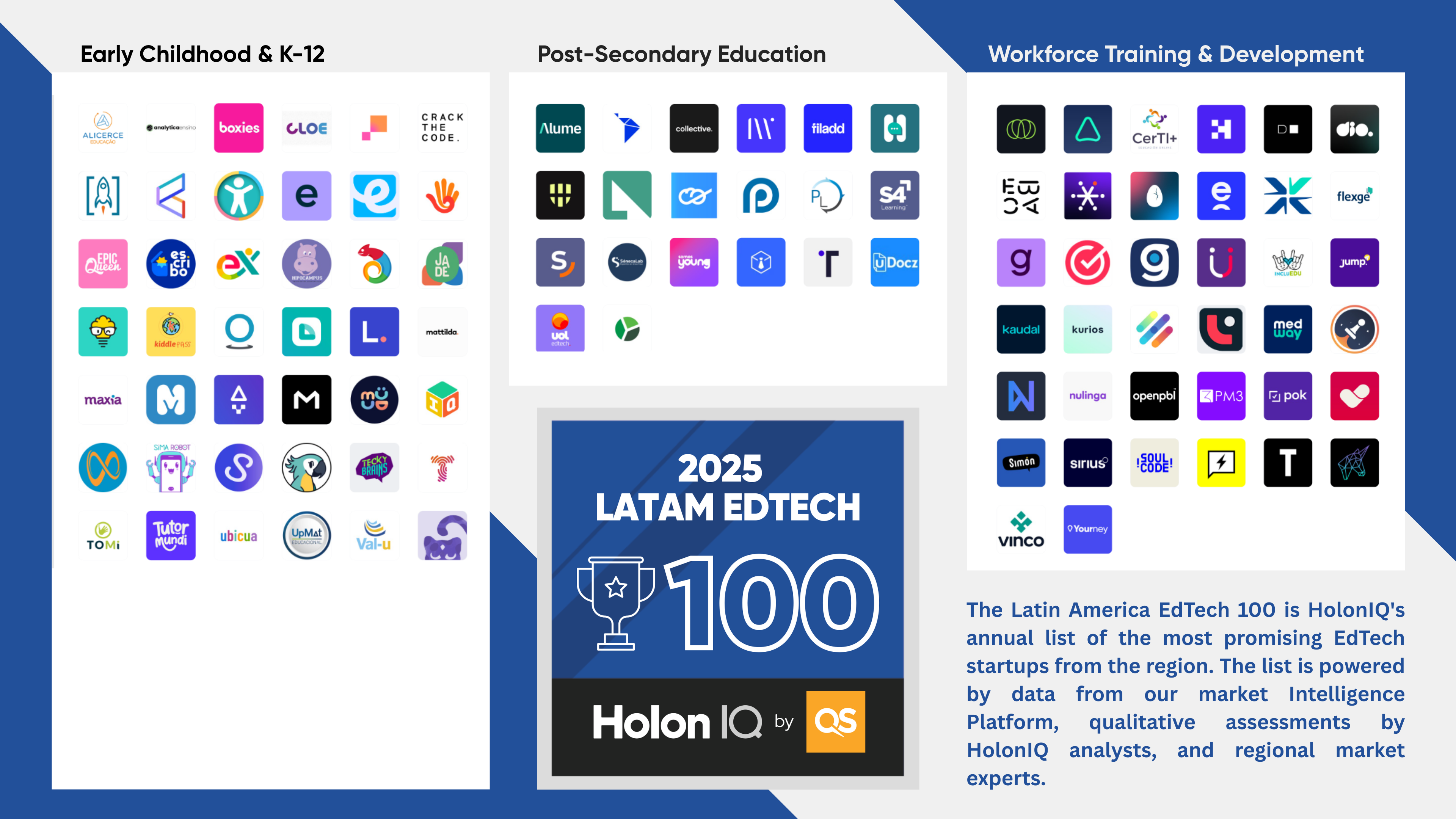The global education market, valued at US$ 7.6 trillion, is primarily funded by governments, which contribute 60-70% of total education spending. On average, government expenditure on education accounts for 4-5% of global GDP, while private spending makes up about 2%.
The market is segmented into Early Childhood Education (ECE), K-12 Education and Post-Secondary Education, and Workforce Training, with K-12 and Post-Secondary Education representing a combined market share of 80%. ECE and Workforce Training each contribute around 11%-12%.
Figure 1. Government and Private Share of Total Education Spending by Region and Sector, 2024

Sector Dynamics
The education market is growing at a compound annual growth rate (CAGR) of 4.4%, driven by several key factors. In the early childhood sector, governments are increasing spending through targeted policies and tax incentives. However, workforce shortages pose challenges to this growth. The K-12 sector is expected to grow at 3.5% CAGR, supported by higher participation rates in emerging economies and significant investment in digital infrastructure. In developed regions, declining birth rates may limit growth potential in this sector.
Growth in Post-Secondary Education is driven by the increasing acceptance of online learning and government incentives for vocational education. However, rising competition from alternative credentials, strict immigration policies, and high education costs could dampen this growth. Expected growth in the Workforce Training segment is fueled by government investments in skill development, and the increasing need for upskilling in response to changing labor market dynamics. Constraints on discretionary spending and economic volatility can, however slow growth.






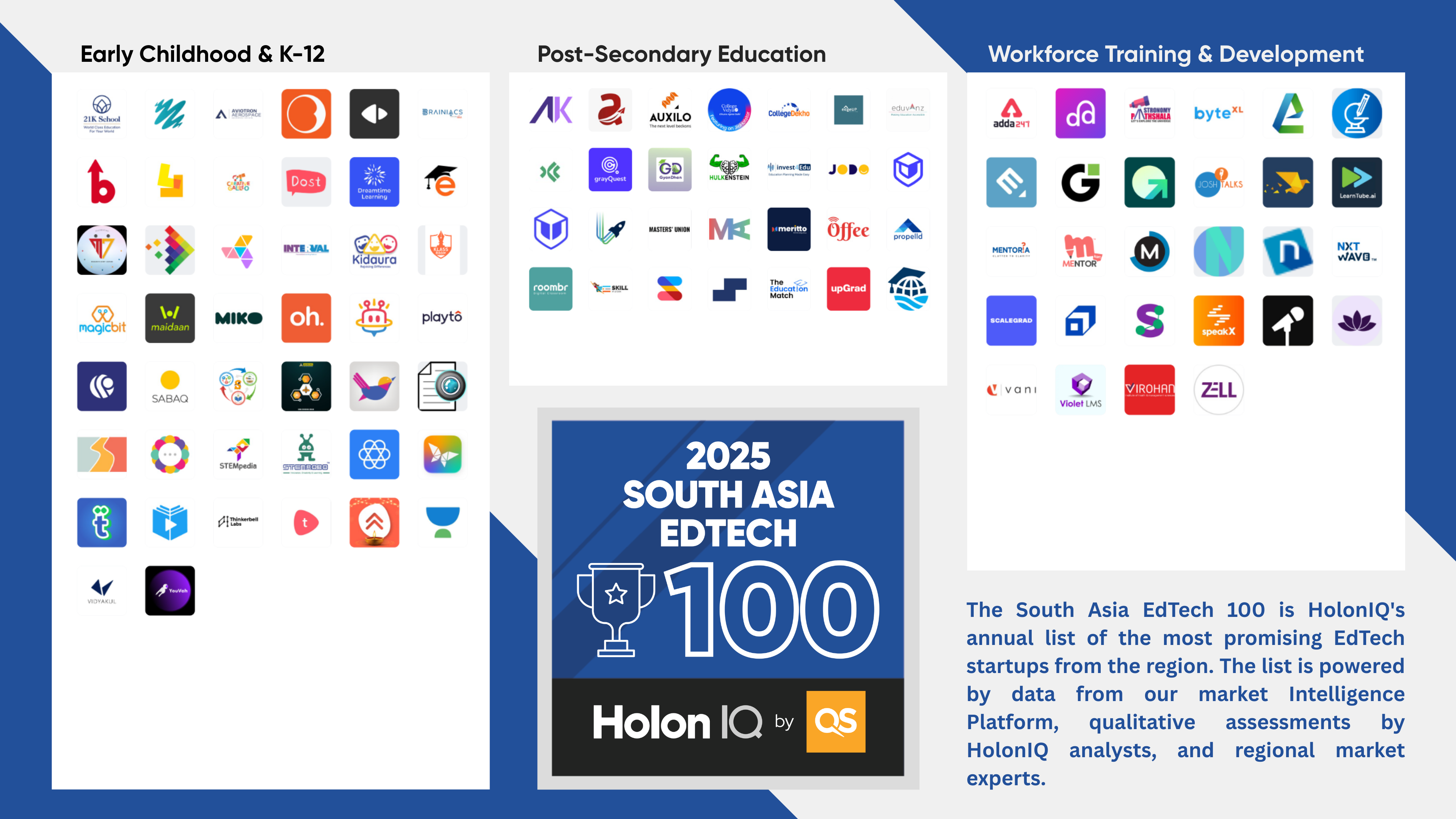
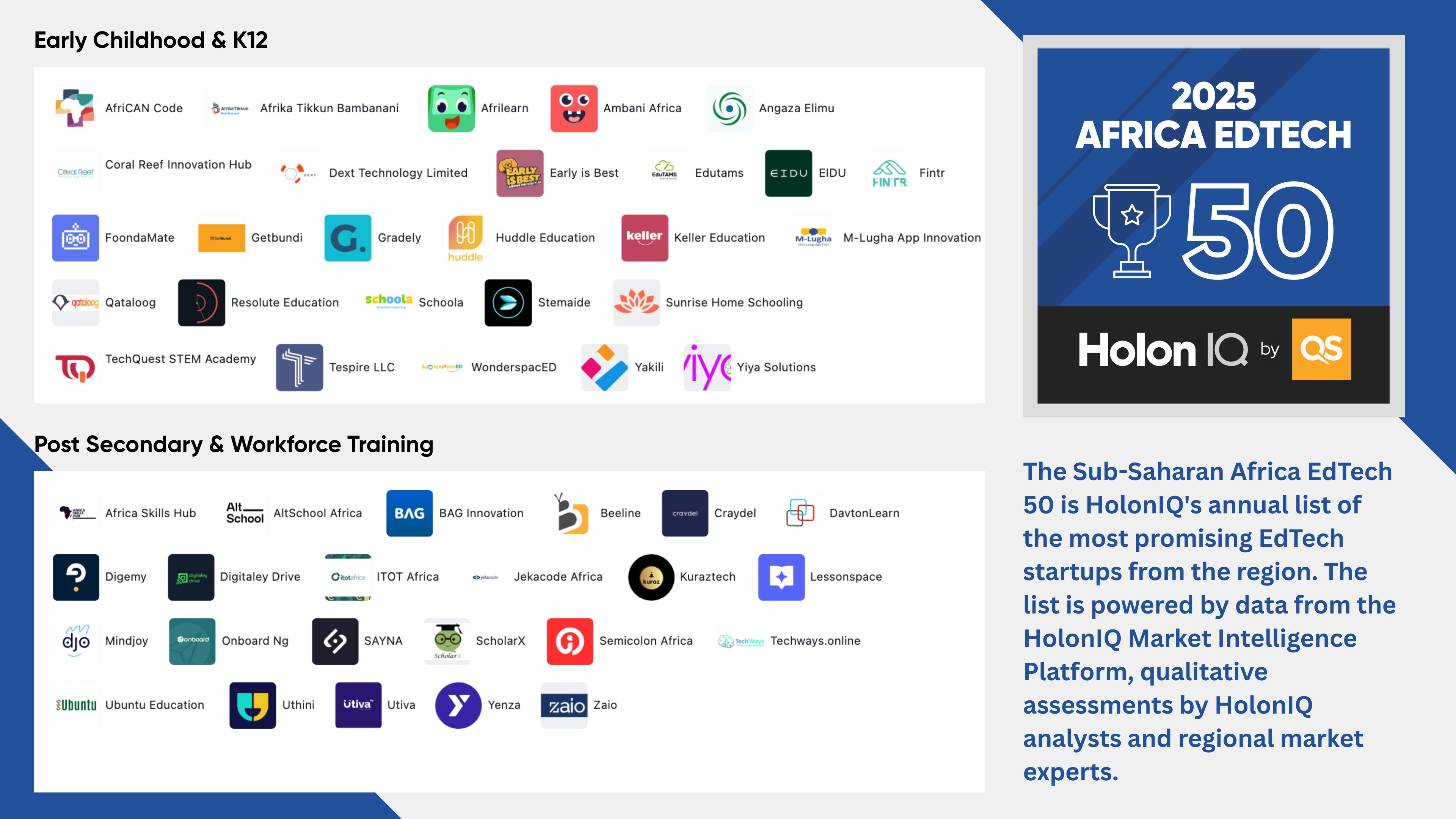
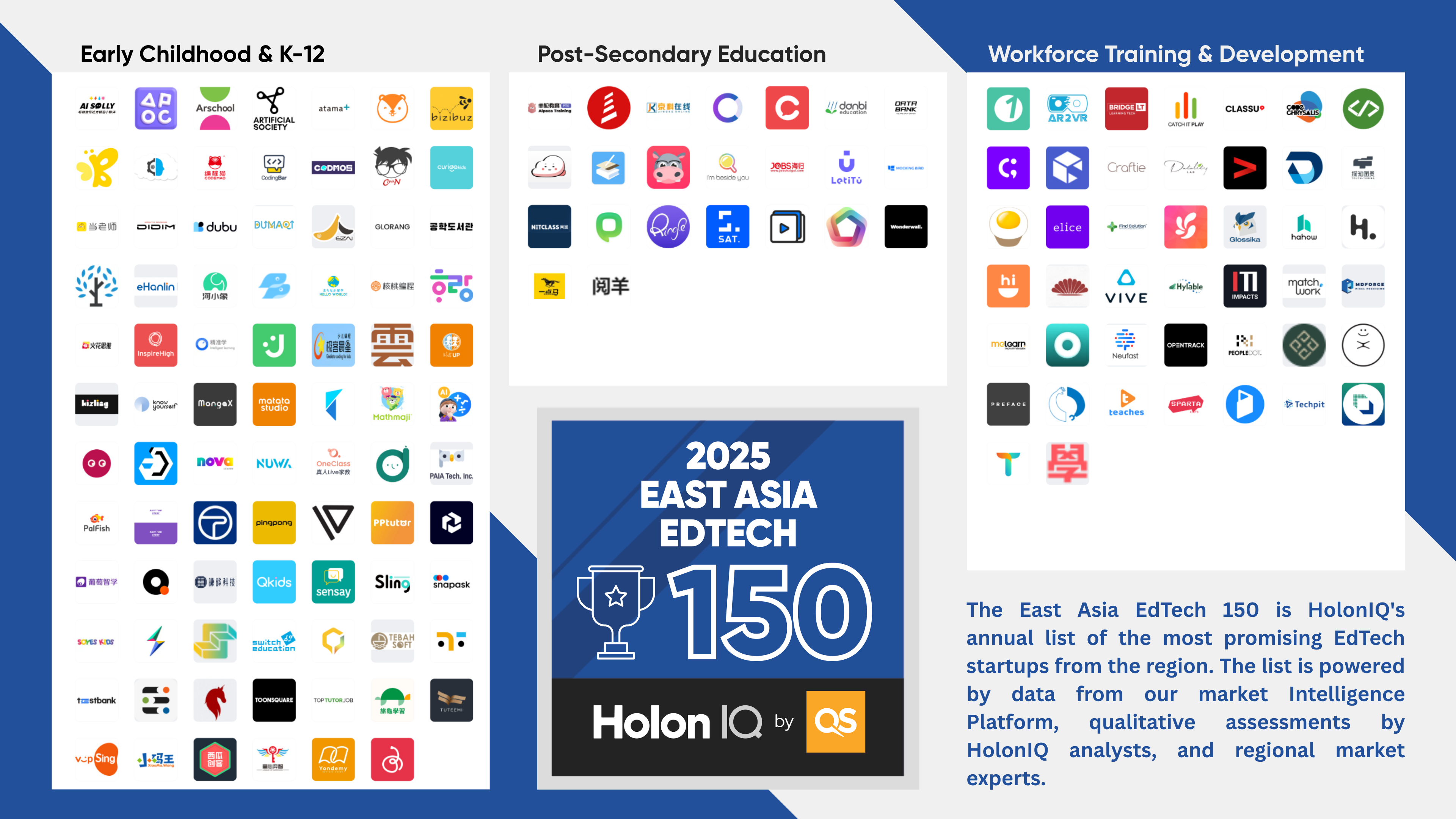
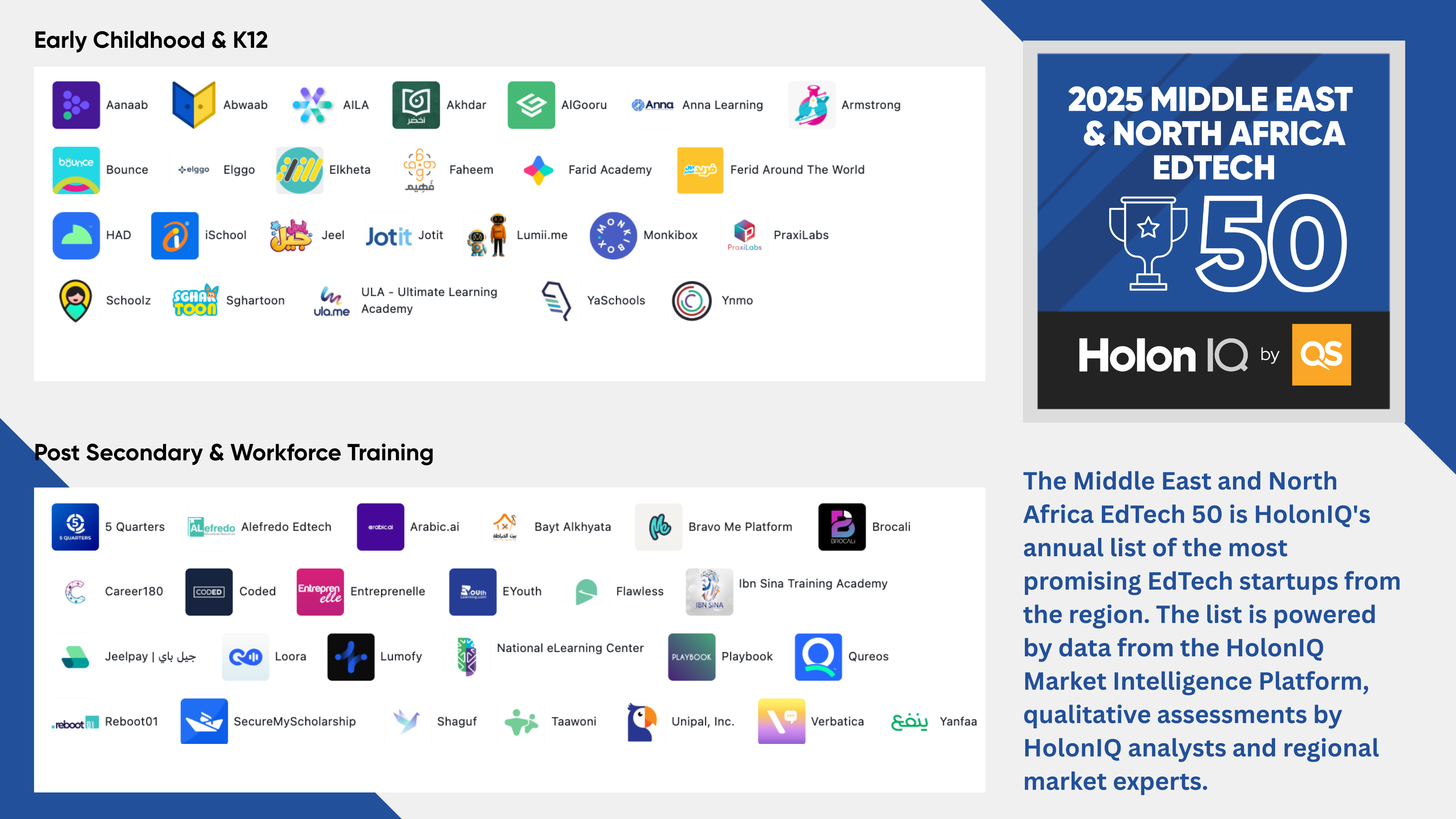
.png)
